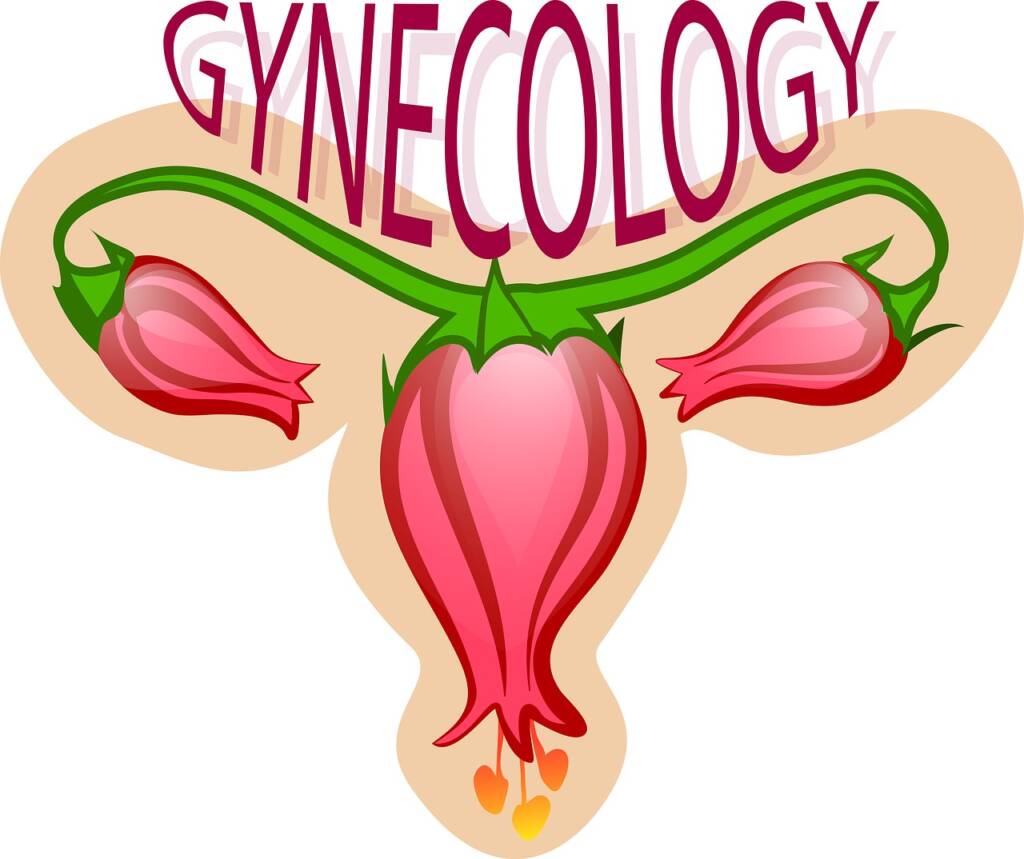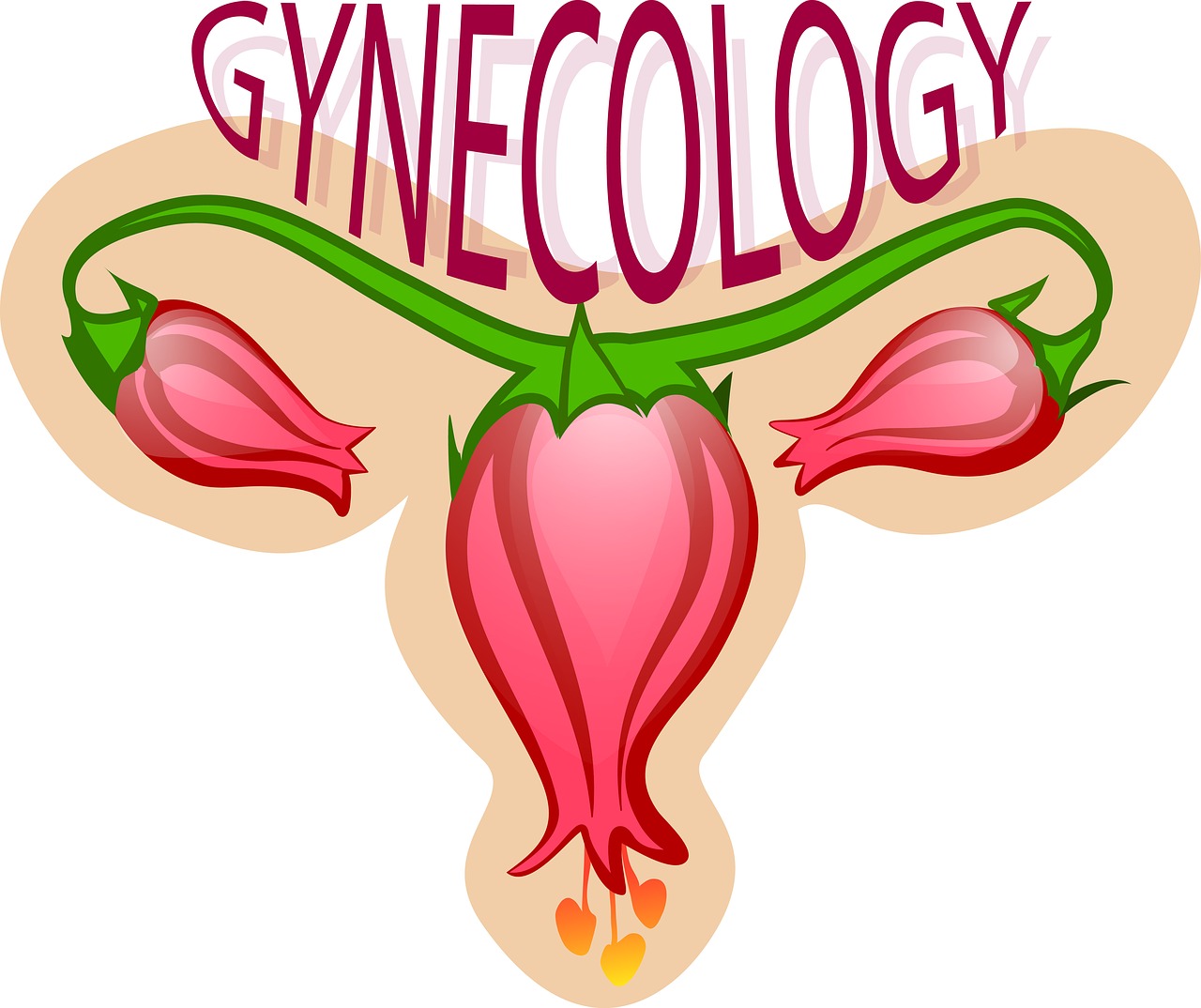Introduction to Uterine Fibroid:
Uterine fibroids medically termed as leiomyomas or myomas represent non-cancerous growth that developed within or on uterus, primarily during a woman’s childbearing years. These growths are formed by muscle cells and other tissues of uterus manifesting in various sizes and numbers. Uterine fibroids are not cancer, and they almost never turn into cancer. They are not linked with higher risk of other types of cancer in the uterus. Uterine fibroids can cause a range of symptoms, including heavy menstrual bleeding, pelvic pressure, abdominal pain in severe cases and fertility issues. This comprehensive description will explore the causes of uterine fibroids, the role of estrogen dominance, dietary and lifestyle modifications and the ayurvedic approach in managing this prevalent health condition. To know more about menopause and its management, read this article. Menopause Diet: Best foods for women – Sparkling Lifestyle
Causes:
The precise cause of uterine fibroids remains unclear, but several factors may contribute to their development:

- Genetic predisposition: A family history of uterine fibroids significantly increases and women’s likely hood of developing them.
- Hormonal influences: Estrogen and progesterone, the two main hormones that regulate the menstrual cycle and pregnancy are believed to promote the growth of uterine fibroids. Estrogen, in particular plays a critical role in the development and enlargement.
- Hormonal changes: Hormonal fluctuations during a woman’s reproductive years, such as those experienced during pregnancy or perimenopause, can stimulate fibroid growth.
Estrogen Dominance and uterine fibroids:
Estrogen dominance is a condition where the levels of estrogen in the body outweigh the levels of progesterone. This hormonal imbalance is thought to fuel the growth of uterine fibroids since estrogen stimulates the growth of the uterine lining or endometrium, each menstrual cycle. Excess estrogen without sufficient opposing progesterone can contribute to the development and enlargement of fibroids. Estrogen is a hormone that helps promote sexual and reproductive development.
While it is present in people of all ages, females of reproductive age usually have higher levels of this hormone. Estrogen carries out a range of functions, including regulating the menstrual cycle and the growth and development of breasts. It declines during menopause, which can lead to symptoms such as hot flashes and night sweats.
Dietary and lifestyle changes in Uterine Fibroids:
Healthy eating habits:
Incorporated diet rich in fruits, vegetables, whole grains, and proteins. Emphasize foods high in fiber, which aids in estrogen metabolism and promotes hormonal balance. Reduce consumption of red meat and full fat dairy products, as these may influence instruction levels. To counteract the excess estrogen, which can cause fibroids, have more of foods that help lower estrogen: For example, Arugula, avocado, broccoli, carrots, coconut oil, mushrooms, pomegranates, red grapes, and whole grains.
Also reduce intake of foods that contain estrogen, including animals Based foods and phytoestrogen, also known as dietary estrogen, which are naturally occurring plant compounds. For example, Avoid dried fruit such as dates and prunes, peaches, pumpkin seeds, flax, sesame seeds, soya tofu, tempeh, garlic, dairy products such as milk, yogurt, buttermilk, paneer cheese, berries, which barn, cruciferous vegetables such as cabbage and cauliflower, meat and seafood.
Maintaining a healthy weight:
Obesity and being overweight are linked to a higher risk of developing uterine fibroids. Maintaining a healthy weight through a balanced diet (include complex carbs, healthy fats and fiber) and regular exercise is beneficial.
Regular physical activity:
Engaging regular exercise like pelvic floor exercise to manage weight and promote overall wellbeing. Exercise can help in managing estrogen levels, regulate hormones, improves blood circulation and potentially reduce symptoms associated with uterine fibroids.
Stress management:
Practice stress reducing techniques such as yoga, meditation, or deep breathing, bare foot walking, pursue hobbies to mitigate the impact of stress on hormonal balance, potentially aiding in fibroid management.
Increase iron levels:
For example, Consume Beetroot, spinach, cilantro, curry leaves, moringa and spirulina to improve iron levels to compensate the excess blood loss during periods.
Ayurvedic approach on Uterine Fibroids:
Ayurveda, an ancient Indian holistic healing system, offers an approach to managing uterine fibroids to natural remedies, lifestyle adjustments and holistic practices. For example,
Balanced diet and herbal remedies:
Ayurveda practitioners often recommend a balanced diet, including specific herbs and spices, believed to support hormonal balance and uterine health.
Herbs like Asoka (Saraca Indica) and Shatavari (Aspergus racemosus) are commonly useful in Ayurveda to support Uterine Health.
Panchakarma therapy:
Panchakarma, A set of therapeutic procedures, is useful to detoxify the body. It also restore hormonal equilibrium, potentially aiding in managing uterine fibroids.
Yoga and meditation:
Incorporate yoga asanas (postures) and meditation into your daily routine to support overall well-being and balance hormonal levels. They both may contribute to managing uterine fibroids.
Conclusion:
In conclusion, understanding the causes of uterine fibroids, the impact of estrogen dominance and implementing dietary, lifestyle changes and ayurvedic practices can play a significant role in managing this prevalent health condition. It’s essential to consult with a gynecologist for approach that suits and individual’s specific needs and circumstances. To know more about women wellness, PCOS, Hormonal Imbalances and Infertility, follow my Instagram page.



Leave a Comment